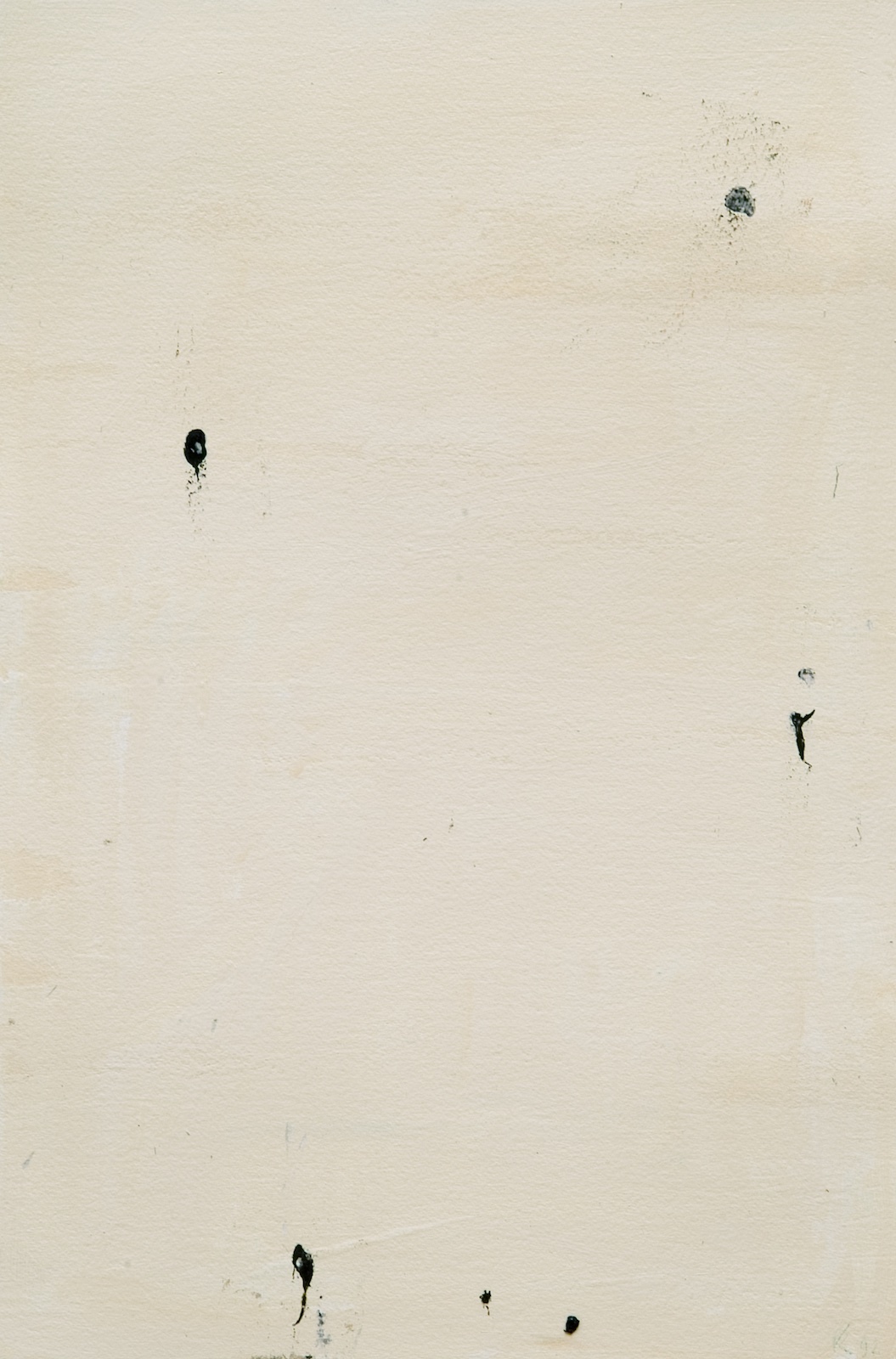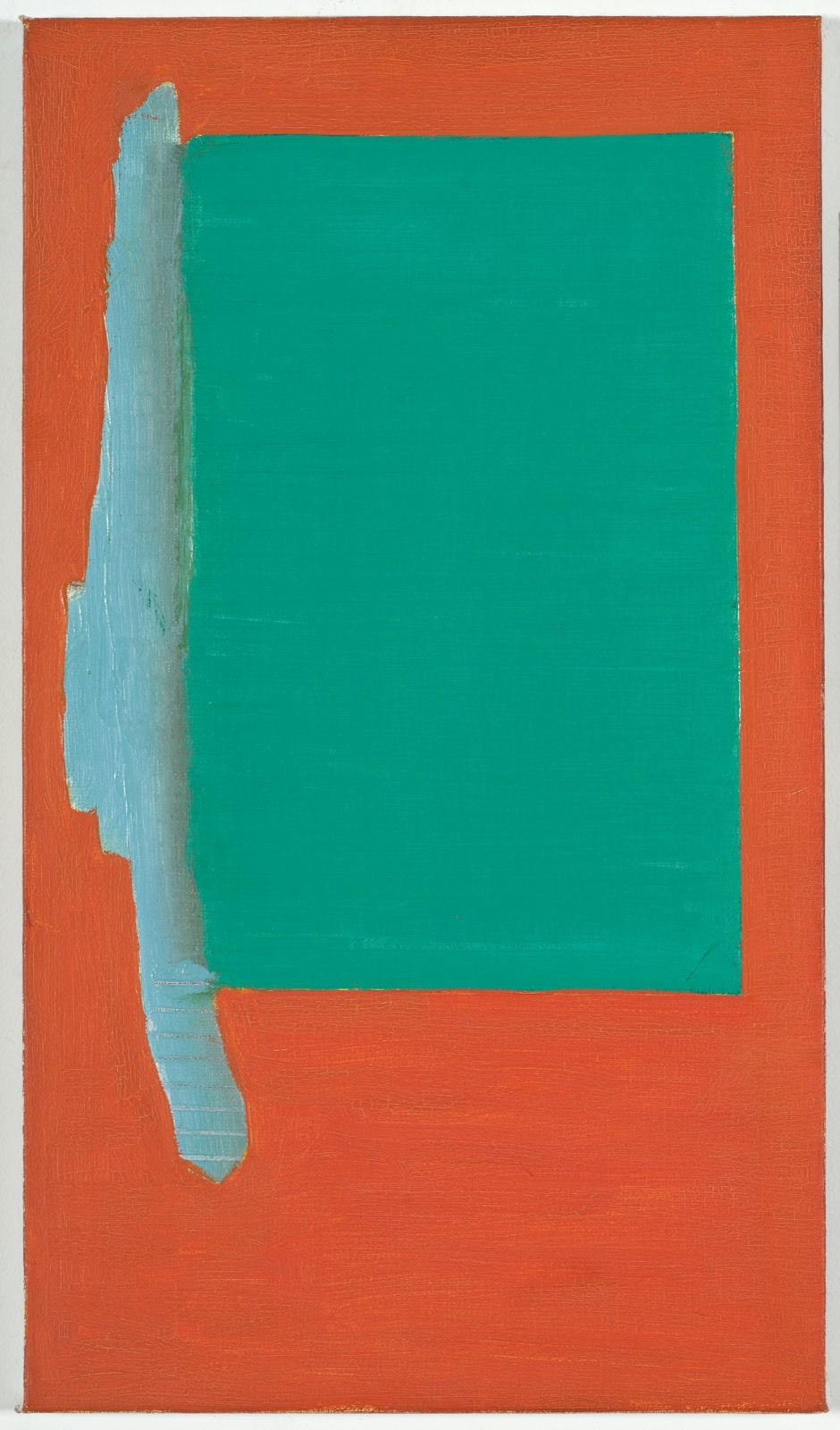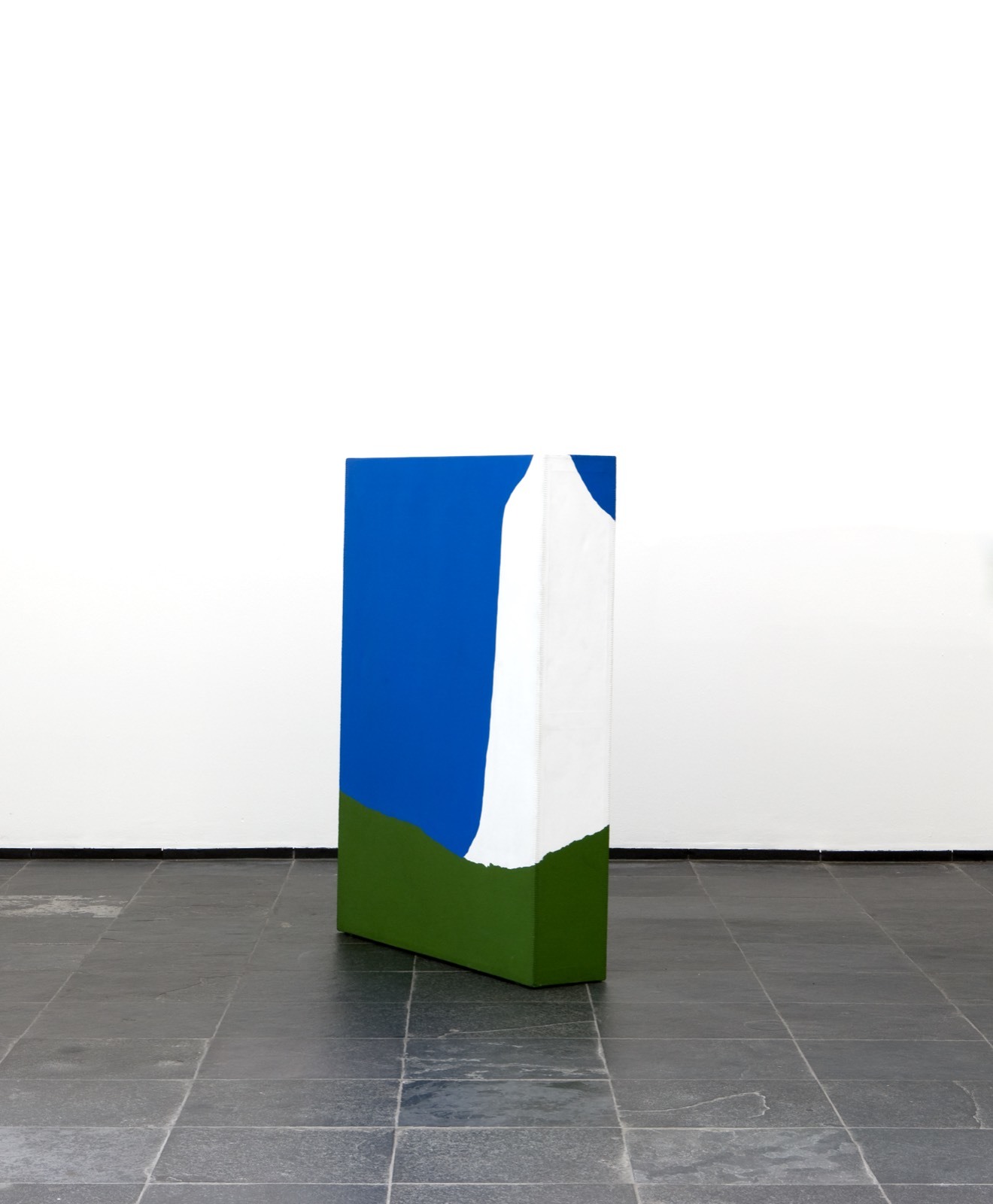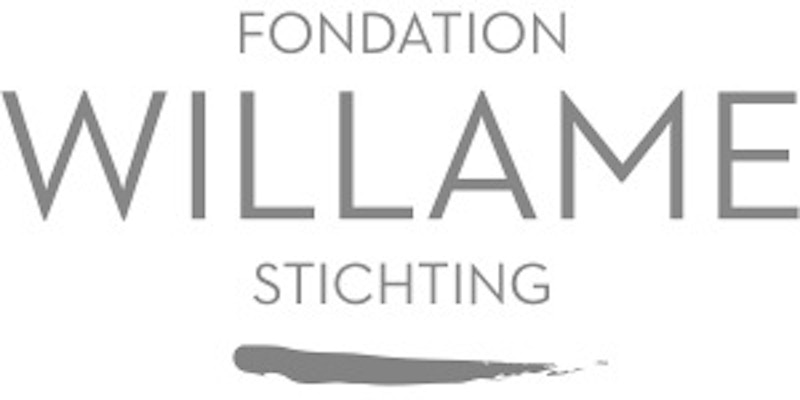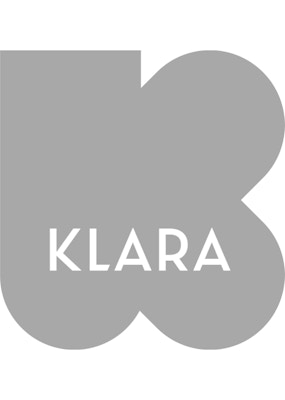1970
acrylverf op doek
h. 252.5 cm x b. 190 cm
1995 schenking
acrylverf op doek
h. 252.5 cm x b. 190 cm
1995 schenking
NL - ‘Kalklijnen hoek’ dateert uit De Keysers beginperiode en toont een geabstraheerde hoeklijn van een voetbalveld. Het veld bevond zich in de buurt van zijn woning en de kunstenaar ging er graag kijken wanneer de grenslijnen met de kwast werden bijgewerkt. De manier waarop het gras zich niet wou schikken naar de rechte grenzen die een echte lijn nodig heeft, fascineerde hem. Later bleef de schilder niet herhaaldelijk zijn leefwereld abstract in beeld brengen. De handeling van het schilderen werd steeds belangrijker. Zijn werk evolueerde richting fundamentele schilderkunst: niet meer het afgebeelde onderwerp, maar het schilderproces stond centraal. Het kijken zelf – het eerste wat je als kijker ziet, nog voor je het beeld begint te interpreteren – werd voor De Keyser de kern van schilderkunst. Zijn schilderijen herleidde hij tot hun essentie: een doek als drager van verf met in het verfoppervlak sporen van de hand van de kunstenaar.
ENG - ‘Kalklijnen hoek’ (Whitewash Corner Line) is of De Keyser’s early period. It shows an abstract version of the lines at the corner of a football field. The field was located near his home and the artist liked to go and watch when the lines were being freshened up with a brush. He was fascinated by the way the grass refused to conform to the straight boundaries that a true line needs. Later on, the painter did not continue to picture his immediate surroundings in abstract form. The act of painting became increasingly important. His work evolved towards fundamental painting, in which the main thing was not the object depicted, but the process of painting. For De Keyser, the real heart of painting became the act of looking itself – the first thing the viewer sees even before he starts interpreting the image. He reduced his paintings to their essence: a canvas as a support for paint, with traces of the artist’s hand in the surface of the paint.
FR - ‘Kalklijnen hoek’ (Angle de chaux) est des débuts de De Keyser et montre une ligne d’angle abstraite d’un terrain de foot. Le terrain se trouvait près de chez luit et l’artiste allait volontiers regarder lorsque les lignes du terrain étaient retouchées à la brosse. Il était fasciné par la manière dont l’herbe se rebellait contre le caractère rectiligne des limites du terrain. Plus tard, le peintre ne se limita pas à illustrer de manière abstraite son environnement. Le traitement de la peinture prit de plus en plus d’importance. Son œuvre évolua vers la peinture fondamentale, ne se concentrant plus sur le sujet mais sur le processus de la peinture. Le premier regard du spectateur, avant même qu’il commence à interpréter, devint pour De Keyser le noyau de la peinture. L’artiste réduit ainsi ses toiles à leur essence: un support de la peinture avec en surface des traces de la main de l’artiste.
Collectienummer : 1934



